Royal Belgian institute of Natural Sciences
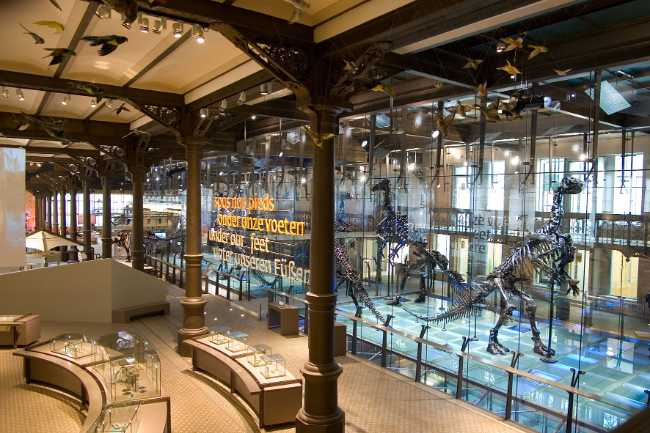
The Royal Belgian Institute of Natural Sciences in Brussels is home to one of Europe’s most impressive natural history museums, renowned for its vast scientific collections and dynamic exhibitions. Visitors can marvel at the largest Dinosaur Gallery in Europe, featuring the famous Bernissart Iguanodons, explore human evolution in the Gallery of Humankind, and discover biodiversity in urban environments through BiodiverCITY. The museum also showcases stunning crystals in the Mineral Hall and offers engaging temporary exhibitions and educational activities. Behind the scenes, the institute conducts cutting-edge research in biology, geology, and environmental science, housing over 37 million specimens that support global scientific inquiry.
Brussels BelgiumThe Royal Belgian Institute of Natural Sciences is located at 29 Rue Vautier in Brussels, within the scenic Leopold Park area near the European Quarter. This renowned museum, part of the Institute, is famous for its expansive Dinosaur Hall—the largest dedicated dinosaur exhibit in Europe—which features remarkable fossilized Iguanodon skeletons discovered in Bernissart, Belgium. Visitors can also explore extensive collections covering biodiversity, human evolution, and minerals. The area surrounding the museum is rich in cultural and political landmarks, including the nearby House of European History, the European Parliament, and the Parc Léopold. Public transport access is excellent, with the Brussels-Luxembourg railway station and the Maelbeek/Maalbeek and Schuman metro stations nearby, facilitating easy visits. The tranquil park setting blends natural beauty with intellectual discovery, making it a must-visit destination in Brussels. Cafés and gardens nearby create a welcoming atmosphere for visitors after exploring the museum's fascinating exhibits.
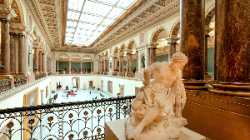 Royal Museums of Fine Arts of Belgium
Brussels
Royal Museums of Fine Arts of Belgium
Brussels
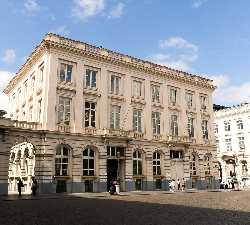 Magritte Museum
Brussels
Magritte Museum
Brussels
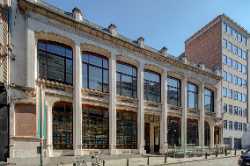 Belgian Comic Strip Center
Brussels
Belgian Comic Strip Center
Brussels
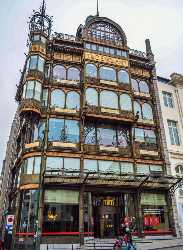 Musical Instruments Museum
Brussels
Musical Instruments Museum
Brussels
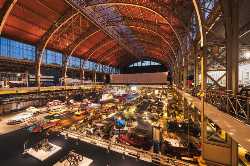 Autoworld
Brussels
Autoworld
Brussels
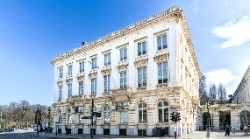 BELvue Museum
Brussels
BELvue Museum
Brussels
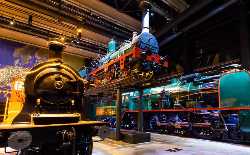 Train World
Brussels
Train World
Brussels
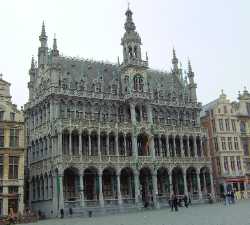 Museum of the City of Brussels
Brussels
Museum of the City of Brussels
Brussels
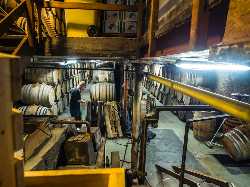 Brouwerij Cantillon
Brussels
Brouwerij Cantillon
Brussels
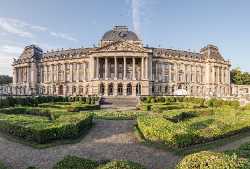 Royal Palace of Brussels
Brussels
Royal Palace of Brussels
Brussels
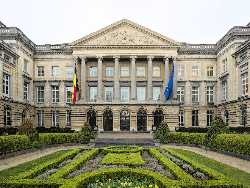 Palace of the Nation
Brussels
Palace of the Nation
Brussels
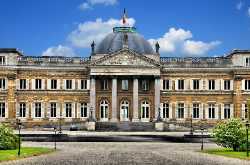 Castle of Laeken
Brussels
Castle of Laeken
Brussels
 La Monnaie
Brussels
La Monnaie
Brussels
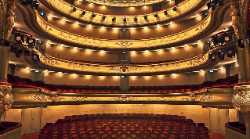 Théâtre Royal du Parc
Brussels
Théâtre Royal du Parc
Brussels
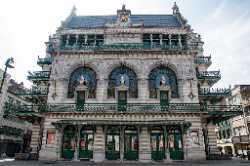 Royal Flemish Theatre
Brussels
Royal Flemish Theatre
Brussels
 Palais du Coudenberg
Brussels
Palais du Coudenberg
Brussels
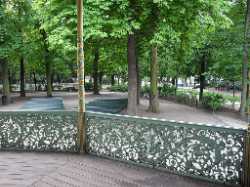 Parc de Bruxelles
Brussels
Parc de Bruxelles
Brussels
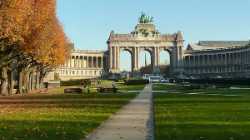 Parc du Cinquantenaire
Brussels
Parc du Cinquantenaire
Brussels
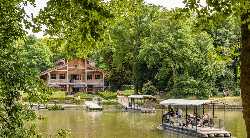 Bois de la Cambre
Brussels
Bois de la Cambre
Brussels
 Botanical Garden of Brussels
Brussels
Botanical Garden of Brussels
Brussels
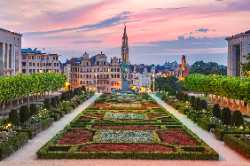 Mont des Arts Garden
Brussels
Mont des Arts Garden
Brussels
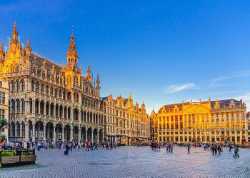 Grand Place
Brussels
Grand Place
Brussels
 Atomium
Brussels
Atomium
Brussels
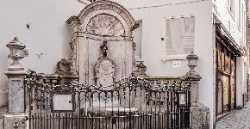 Manneken Pis
Brussels
Manneken Pis
Brussels
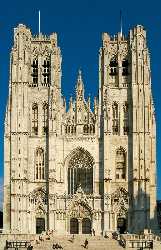 Saint Michael and Saint Gudula Cathedral
Brussels
Saint Michael and Saint Gudula Cathedral
Brussels
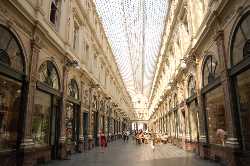 Galeries Royales Saint-Hubert
Brussels
Galeries Royales Saint-Hubert
Brussels
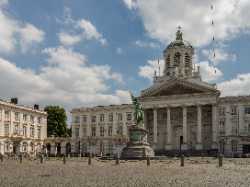 Place Royale
Brussels
Place Royale
Brussels
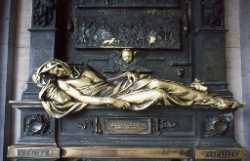 Statue of Everard t'Serclaes
Brussels
Statue of Everard t'Serclaes
Brussels
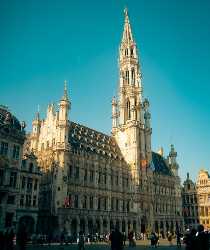 Brussels Town Hall
Brussels
Brussels Town Hall
Brussels
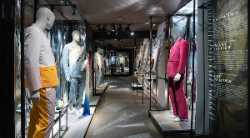 Fashion & Lace Museum
Brussels
Fashion & Lace Museum
Brussels
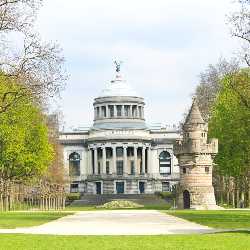 Art & History Museum
Brussels
Art & History Museum
Brussels
 Old Masters Museum
Brussels
Old Masters Museum
Brussels
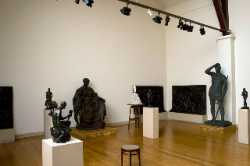 Constantin Meunier Museum
Brussels
Constantin Meunier Museum
Brussels
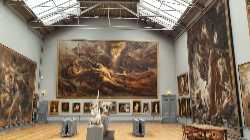 Wiertz Museum
Brussels
Wiertz Museum
Brussels
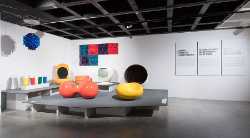 Design Museum Brussels
Brussels
Design Museum Brussels
Brussels
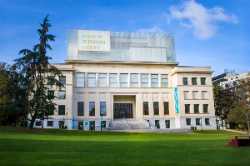 House of European History
Brussels
House of European History
Brussels
 Jewish Museum of Belgium
Brussels
Jewish Museum of Belgium
Brussels
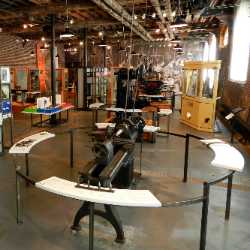 Brussels Museum of Industry and Labour
Brussels
Brussels Museum of Industry and Labour
Brussels
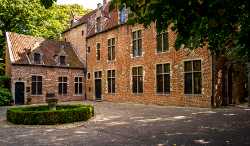 Erasmus House
Brussels
Erasmus House
Brussels
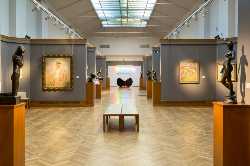 Museum of Ixelles
Brussels
Museum of Ixelles
Brussels
 Van Buuren Museum & Garden
Brussels
Van Buuren Museum & Garden
Brussels
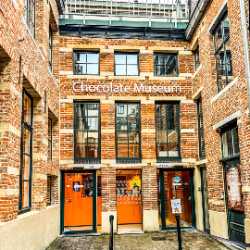 Choco-Story Brussels
Brussels
Choco-Story Brussels
Brussels
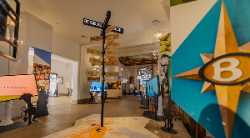 Belgian Brewers Museum
Brussels
Belgian Brewers Museum
Brussels
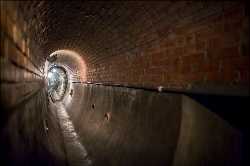 Sewer Museum
Brussels
Sewer Museum
Brussels
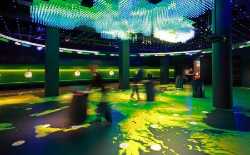 Parlamentarium
Brussels
Parlamentarium
Brussels
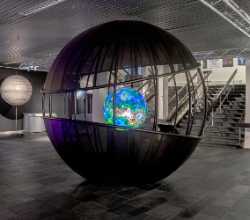 Royal Observatory of Belgium
Brussels
Royal Observatory of Belgium
Brussels
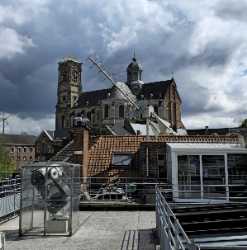 MIRA Public Observatory
Brussels
MIRA Public Observatory
Brussels
 Atelier 34zero Muzeum
Brussels
Atelier 34zero Muzeum
Brussels
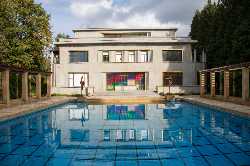 Boghossian Foundation
Brussels
Boghossian Foundation
Brussels
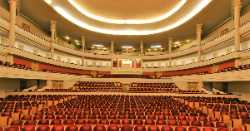 BOZAR
Brussels
BOZAR
Brussels
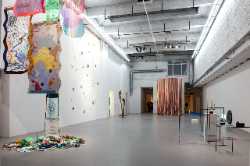 Centrale for contemporary art
Brussels
Centrale for contemporary art
Brussels
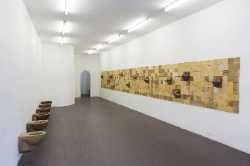 Etablissement d’en face
Brussels
Etablissement d’en face
Brussels
 Eté 78
Brussels
Eté 78
Brussels
 Fondation A Stichting
Brussels
Fondation A Stichting
Brussels
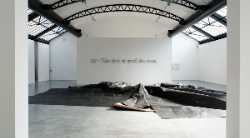 Fondation CAB
Brussels
Fondation CAB
Brussels
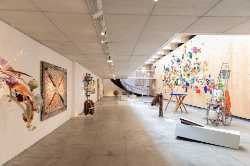 Galila’s P.O.C.
Brussels
Galila’s P.O.C.
Brussels
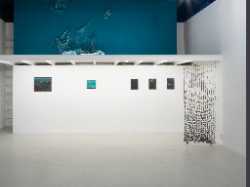 Moonens Foundation
Brussels
Moonens Foundation
Brussels
 n0dine
Brussels
n0dine
Brussels
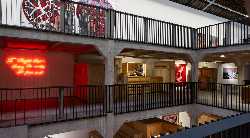 Vanhaerents Art Collection
Brussels
Vanhaerents Art Collection
Brussels
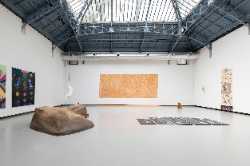 La Verrière
Brussels
La Verrière
Brussels
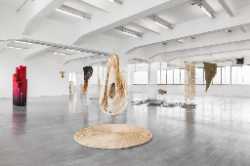 Wiels
Brussels
Wiels
Brussels
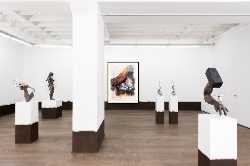 Rodolphe Janssen
Brussels
Rodolphe Janssen
Brussels
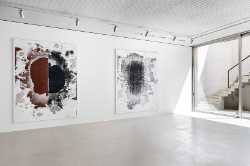 Xavier Hufkens
Brussels
Xavier Hufkens
Brussels
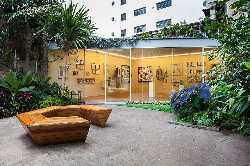 Mendes Wood DM
Brussels
Mendes Wood DM
Brussels
 Harlan Levey Projects
Brussels
Harlan Levey Projects
Brussels
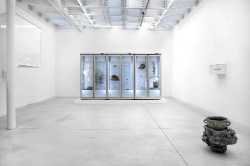 Meessen De Clercq
Brussels
Meessen De Clercq
Brussels
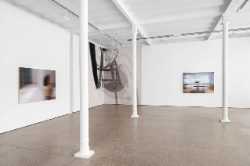 Galerie Greta Meert
Brussels
Galerie Greta Meert
Brussels
 Galerie Nathalie Obadia
Brussels
Galerie Nathalie Obadia
Brussels
 Espace Art Gallery
Brussels
Espace Art Gallery
Brussels
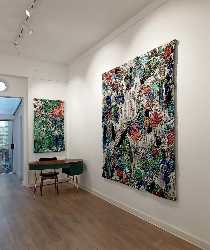 Galerie d’YS
Brussels
Galerie d’YS
Brussels
 Galerie VidalCuglietta
Brussels
Galerie VidalCuglietta
Brussels
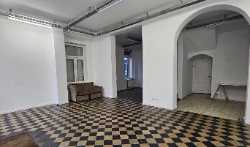 ZSenne artlab
Brussels
ZSenne artlab
Brussels
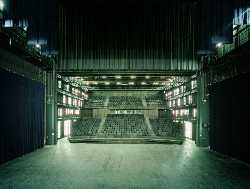 Théâtre National Wallonie-Bruxelles
Brussels
Théâtre National Wallonie-Bruxelles
Brussels
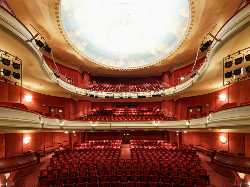 Théâtre Des Galeries
Brussels
Théâtre Des Galeries
Brussels
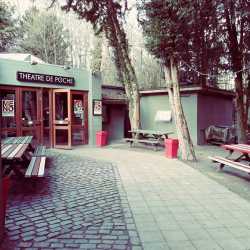 Théâtre de Poche
Brussels
Théâtre de Poche
Brussels
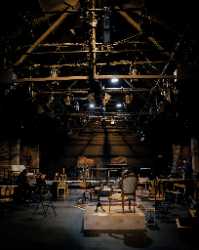 Théâtre Varia
Brussels
Théâtre Varia
Brussels
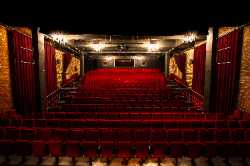 Théâtre Le Public
Brussels
Théâtre Le Public
Brussels
 Théâtre Les Tanneurs
Brussels
Théâtre Les Tanneurs
Brussels
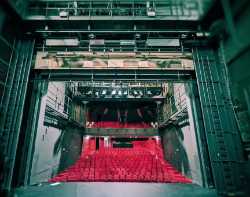 Théâtre des Martyrs
Brussels
Théâtre des Martyrs
Brussels
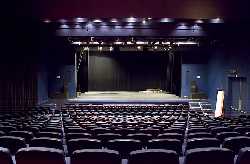 Le 140
Brussels
Le 140
Brussels